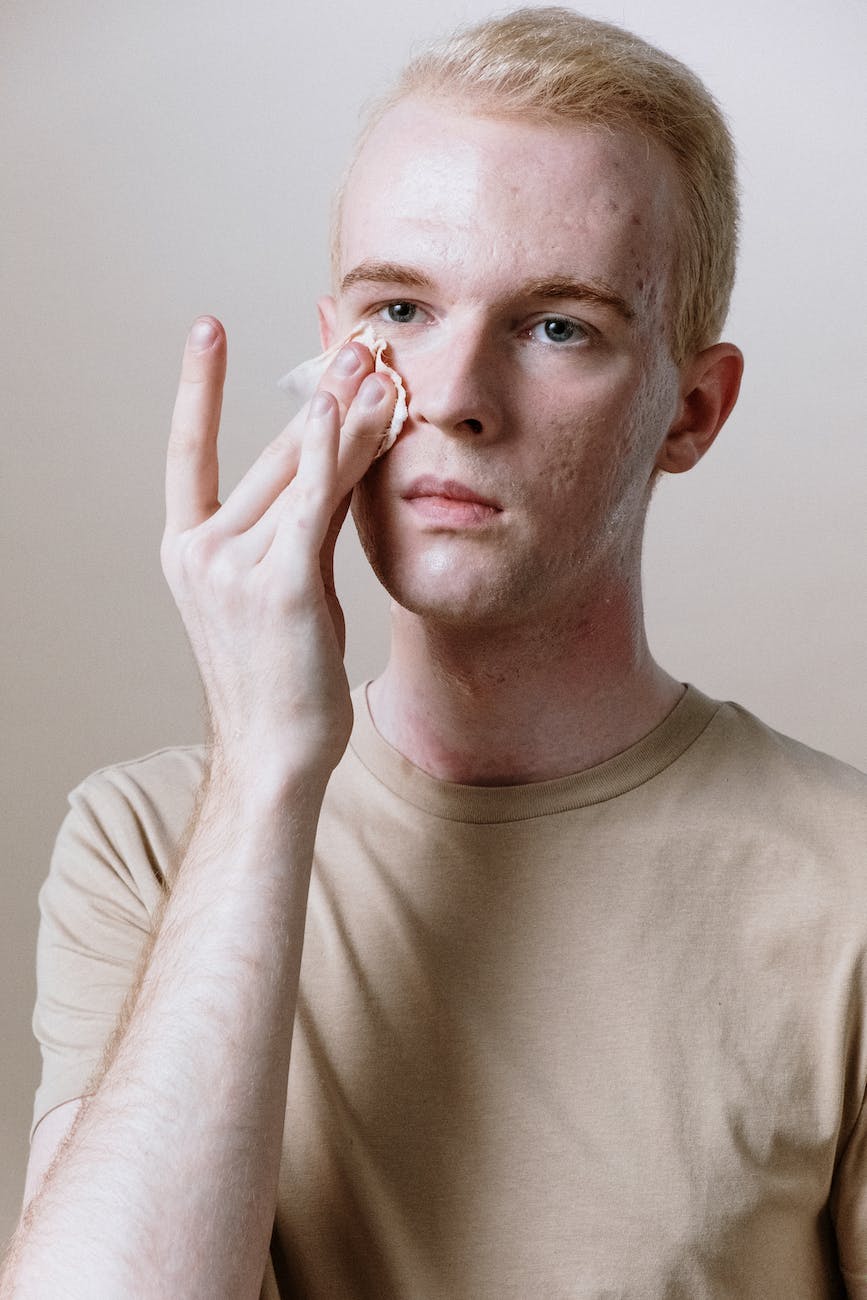
Skin Problems
Skin conditions are one of the most common reasons people visit a doctor. If you know the symptoms of the most common skin conditions, you can skip a trip to the doctor’s office and begin treating it yourself. Many skin conditions can be treated with over-the-counter drugs or even natural remedies. Here is a simple guide to the five most common skin conditions and what you can do about them.
Shingles
This is a painful infection that can cause a rash, as well as headaches and nausea. The early warning sign for shingles is a tingling, itchy, mildly painful sensation on the skin. You may also feel unwell and have a headache. Within a few days, the rash will appear. It causes red, blotchy skin blisters, usually on one side of the torso and chest. It can also affect the face and genitals.
If you have had chickenpox as a child, you may have shingles as an adult. The virus that causes chickenpox lays dormant in the body and can be triggered later in life, causing shingles. You can treat shingles by taking a mild painkiller and avoiding tight-fitting clothes. Do not cover the blisters with band-aids or dressings. Shingles will usually disappear after around four weeks, but you should consult your doctor at the first signs so they can monitor the infection.
Rosacea
This skin condition is more common in women than in men, though its effects are generally more severe in the men who suffer from it. It causes redness that is similar to blushing across the nose, cheeks, chin, and forehead. There can also be broken blood vessels in the red patches and small pink bumps that are filled with pus. It can also cause swelling around the nose and eyes.
The exact cause of rosacea is unknown, though it is thought to be a mix of genetics, environmental factors, and reactions of the immune system. Some people can have certain triggers that can cause a rosacea breakout, including certain foods and drinks like cheeses or wine, exercise, sunlight, and stress. There is no cure for rosacea, but doctors can prescribe topical creams and gels that can minimize the symptoms. Avoiding triggers is the best way to avoid a rosacea breakout.
Eczema
There are a few different variants of eczema, but the most common is called atopic eczema or atopic dermatitis. Eczema is non-contagious and causes dry and itchy patches of skin that will often produce flakes. The skin becomes reddened and dry, with white flakes or bumps on the surface. Eczema can affect any part of the body but is most common on the arms and elbows, behind the knees, and on the hands, face, and scalp.
The cause of eczema is unknown, though it is thought that genetics play an important part. If your parents or other family members suffer from eczema it is likely that you may suffer from it yourself. It is common in childhood and often passes as children grow into adults, but it can continue into adulthood or reappear after many years without a breakout. Stress can cause an eczema breakout, and reactions to soaps, shampoos, and moisturizers can also trigger eczema.
Psoriasis
This skin condition affects millions of people worldwide and is one of the most common skin conditions. It is a non-contagious auto-immune disease that causes red, itchy, flaky patches of skin that can feel or appear scaly. It can affect any area of the body but is most commonly found on the elbows, knees, lower back, and scalp. The skin will often flake and shred, which can be distressing to sufferers.
There is no cure for psoriasis. As it is an auto-immune response it is similar to an allergy. There may be a product, food, or drink that triggers psoriasis, but it can also be caused by stress and anxiety. You will be able to find many over-the-counter treatments that can soothe skin and ease symptoms, but you should consult your doctor. With their help, you may be able to identify your triggers and reduce the severity of your psoriasis.
Acne
This is one of the most common skin conditions, but usually only affects people in adolescence and passes as they reach adulthood. It is well known for affecting the face, but it can also break out on the chest, back, and torso. There are two types of acne: inflammatory acne and non-inflammatory acne. The most common is non-inflammatory acne with small blackheads and whiteheads on the skin.
An online pharmacy can provide access to a wide array of products for treating these conditions. Acne medications such as creams and lotions can be purchased without visiting a doctor’s office, while over-the-counter medications for psoriasis and eczema are readily available. Some online pharmacies even offer prescriptions for more serious cases, so you don’t have to worry about making it to the clinic or local store.
Inflammatory acne causes larger, pus-filled spots on the skin that are tender to the touch, usually with a red or white head. Both types of acne occur when pores on the skin become blocked by grease, dirt, or the skin’s natural oils. Most acne can be treated with over the counter medicated facial washes or natural treatments. Severe cases may require the attention of a doctor for prescribed medicine.
With the knowledge in this guide, you should be able to treat these common skin conditions with a trip to the online pharmacy and not the doctor’s office. If your skin condition is severe or painful, you should still consult your doctor.






